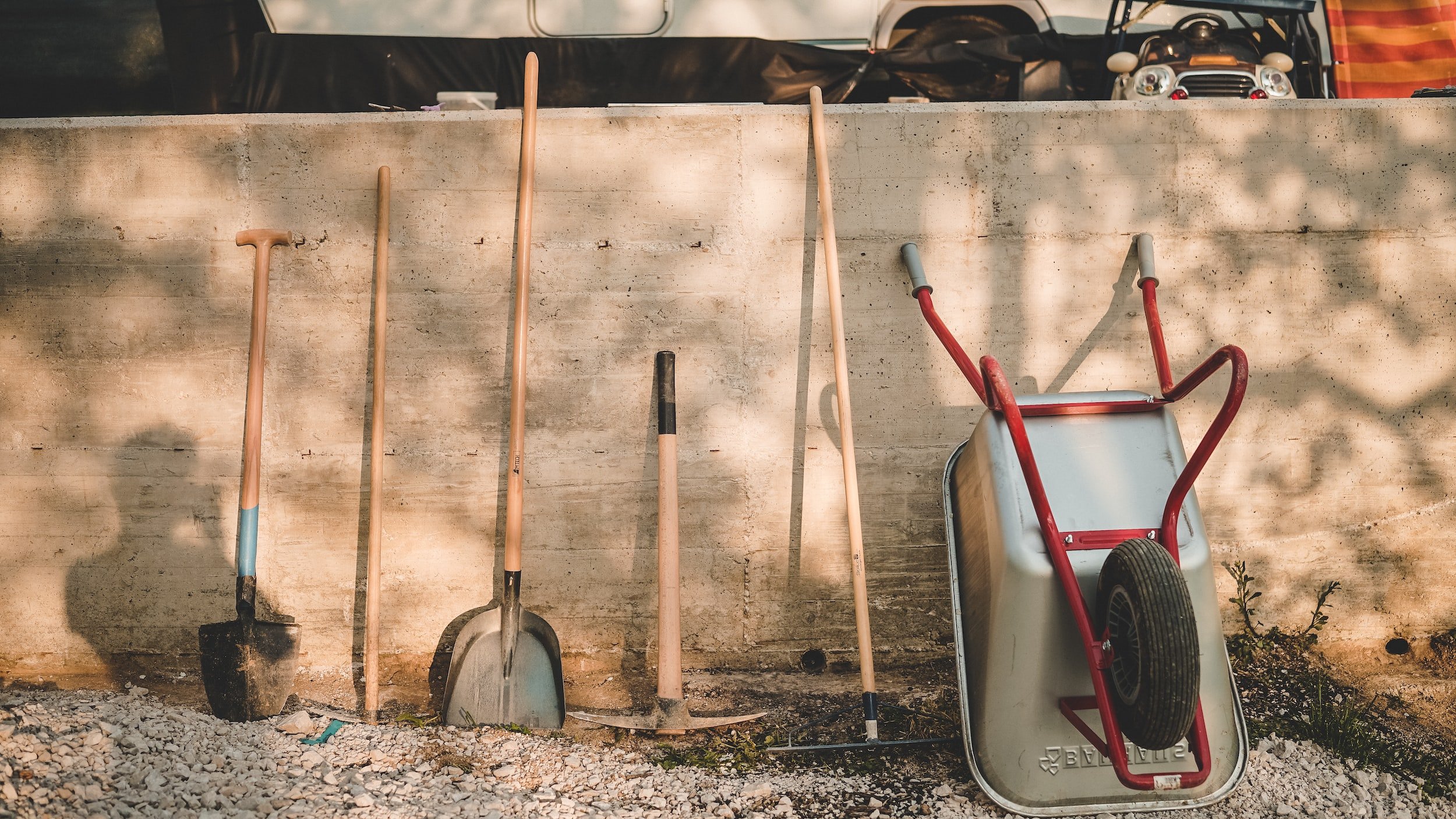
Gardening Terms That Every Horticulturist Needs To Know
What are LECA Clay Pebbles & How To use Them
Enhance the health of your indoor plants with LECA clay pebbles. These ceramic balls improve soil structure and drainage, promoting strong root growth and vibrant foliage
The Benefits of Using Peat Moss in Your Garden
From improving soil structure to retaining moisture, peat moss has many benefits for your garden. Find out how to use peat moss in your soil and get tips for maximizing its effectiveness.
5 Benefits of Using Coconut Husk For Houseplants.
The coconut husk is the outermost layer of the coconut fruit. It is a fibrous layer that surrounds the hard shell of the coconut and protects the inner kernel. Learn more about the benefits of using coconut plants in potting soil.
Activated Charcoal: Benefits & Uses for Houseplants
Activated charcoal, also known as activated carbon, can be used to improve the health and appearance of houseplants. When added to potting soil, it helps to remove excess moisture and toxins, promoting healthy root growth and reducing the risk of disease.
Plant Propagation for Beginners: Tips and Tricks
Plant propagation is the process of creating new plants from existing ones. It is a common practice in gardening and horticulture, and can be done through a variety of methods including seeds, cuttings, layering, and division.
Understanding the Differences Between Annuals, Perennials, and Biennials
Confused about the differences between annuals, perennials, and biennials? This guide explains the unique characteristics and lifecycles of each type of plant, helping you choose the best one for your garden.
Sphagnum Moss: Definition and Uses
Sphagnum moss is a type of bog plant that is native to wetlands and peat bogs around the world. Sphagnum moss is known for its ability to absorb and retain water, making it a great addition to any potting soil.
Perlite: A Lightweight and Drainage-Friendly Amendment
Perlite is a naturally occurring volcanic glass that is heated until it expands and becomes porous. It is used as a soil additive to improve drainage and aeration.
Sustainability: What It Is and Why It Matters
Sustainable agriculture is a way of producing food and other agricultural products that meets the needs of the present without compromising the ability of future generations to meet their own needs
Coconut Coir: A Durable and High-Quality Growing Medium
Coconut coir, also known as coconut fiber, is a natural fiber extracted from the husk of coconuts. It is a byproduct of the coconut industry and is often used as a substitute for peat moss in horticulture and landscaping.
Understanding Hardiness Zones: A Comprehensive Guide
Hardiness zones help gardeners determine what plants will grow best in their area. The USDA began creating a Plant Hardiness Zone Map in 1960 to make the process easier. The map breaks down geographical areas by climate to help determine what plants will survive certain temperatures.
What is Companion Planting?
Companion planting is when two or multiple plants are grown close together to help aid each other's growth. There are many benefits to companion planting that will optimize production of fruits and vegetables.
What Are Heirloom Seeds?
Depending on who you ask in the plant community, there are different criteria for what makes heirloom seeds an heirloom. Heirloom seeds differ from hybrid seeds for its ability to adapt to its environment and mutate to the local ecosystem.
How Much Sunlight Should My Plant Receive Each Day?
Understanding your plants sunlight requirements can be a daunting task. Below lists all of the proper terminology with their definitions to help you be the best plant parent you can be.
About Our Gardening Terminology Blog
Welcome to our gardening terminology blog! Here, we will be exploring the various terms and phrases that are commonly used in the horticultural world. Whether you are a beginner or an experienced gardener, learning and understanding these terms is an important part of becoming a knowledgeable and successful cultivator.
One of the key aspects of learning gardening terminology is the various techniques and practices that are used in the garden. For example, terms such as pruning, fertilizing, and composting are all essential parts of successful gardening. By understanding the correct terminology for these techniques, you can more effectively care for your plants and create a thriving garden.
In addition to plant names and gardening techniques, there are also many other important terms that gardeners should be familiar with. These can include terms related to potting soil, weather, pests, and tools, among others. By learning and understanding these terms, you can better understand the various factors that can affect your garden and make informed decisions about how to care for your plants.
We hope that this blog helps you to better understand the various terms and phrases that are used in the world of gardening. By learning and expanding your knowledge of gardening terminology, you can become a more skilled and successful gardener. Happy gardening!















